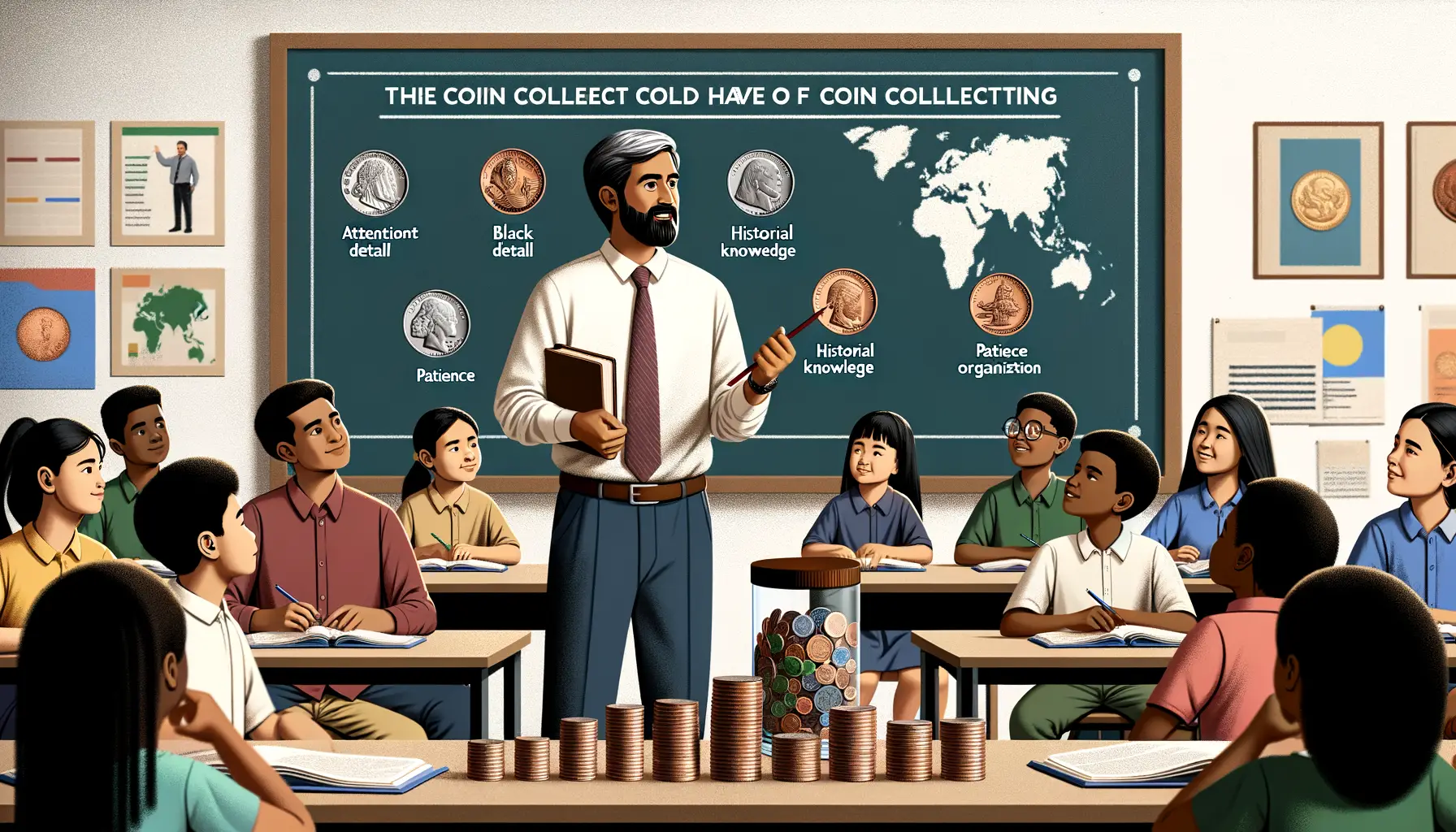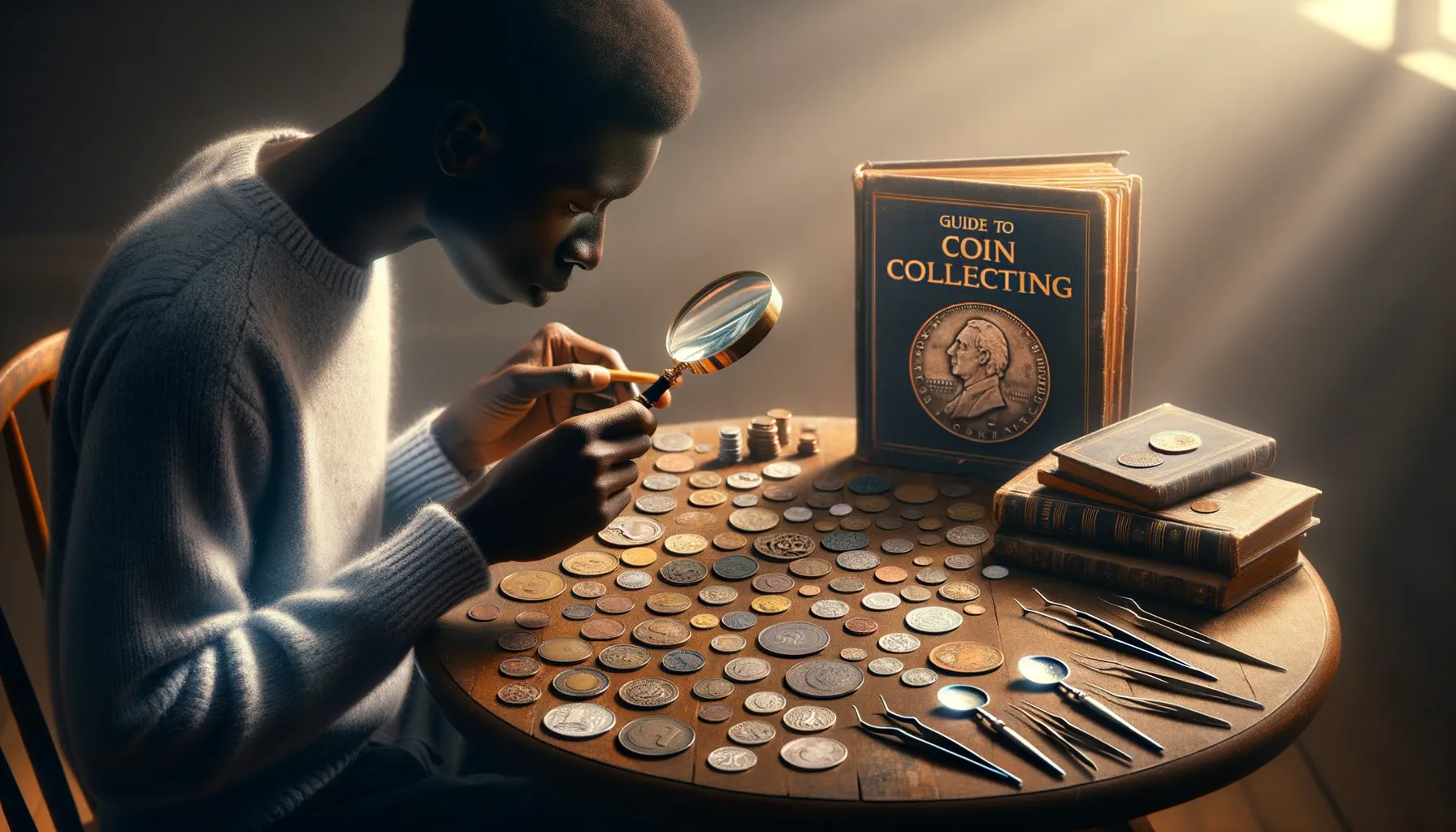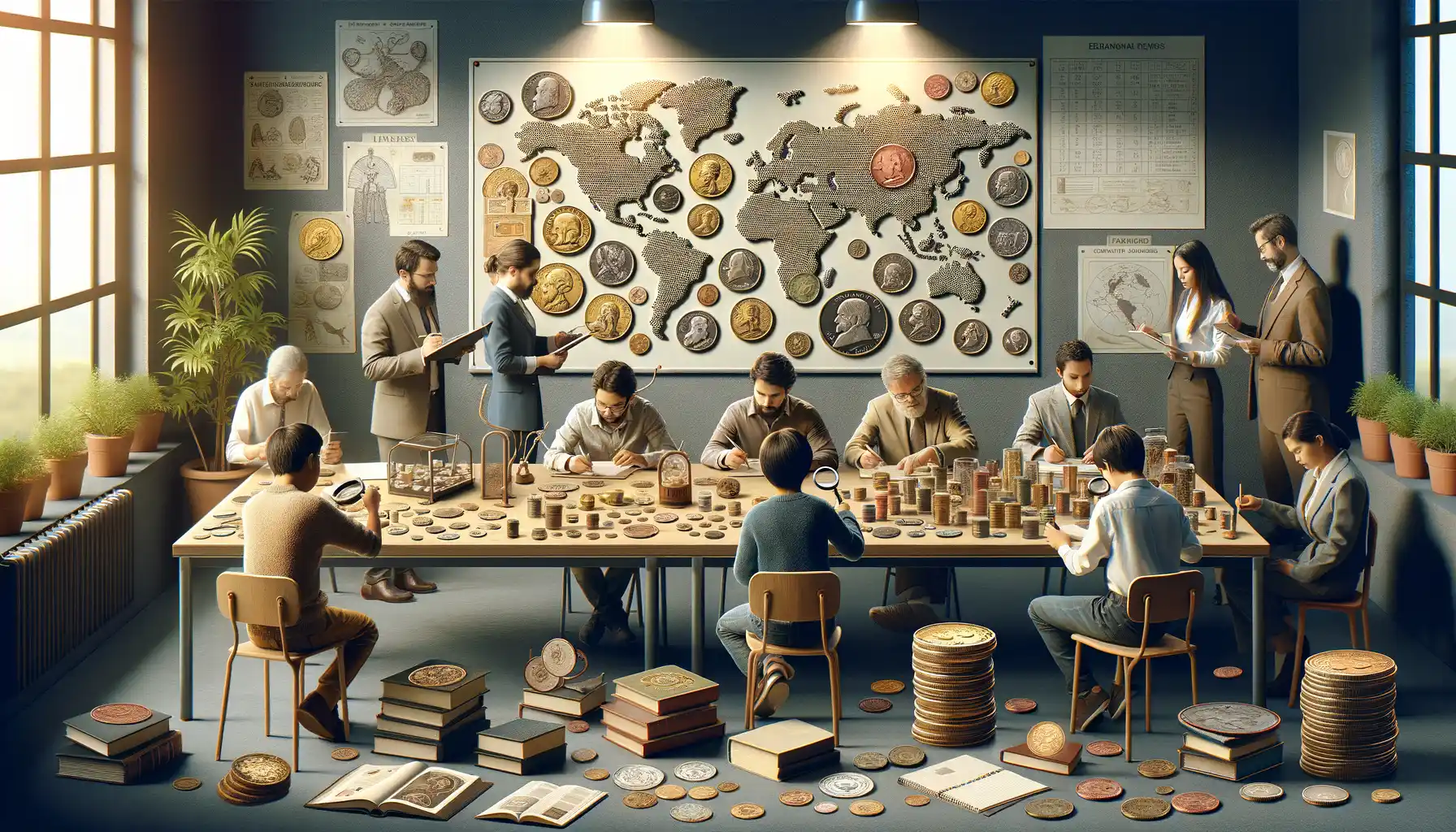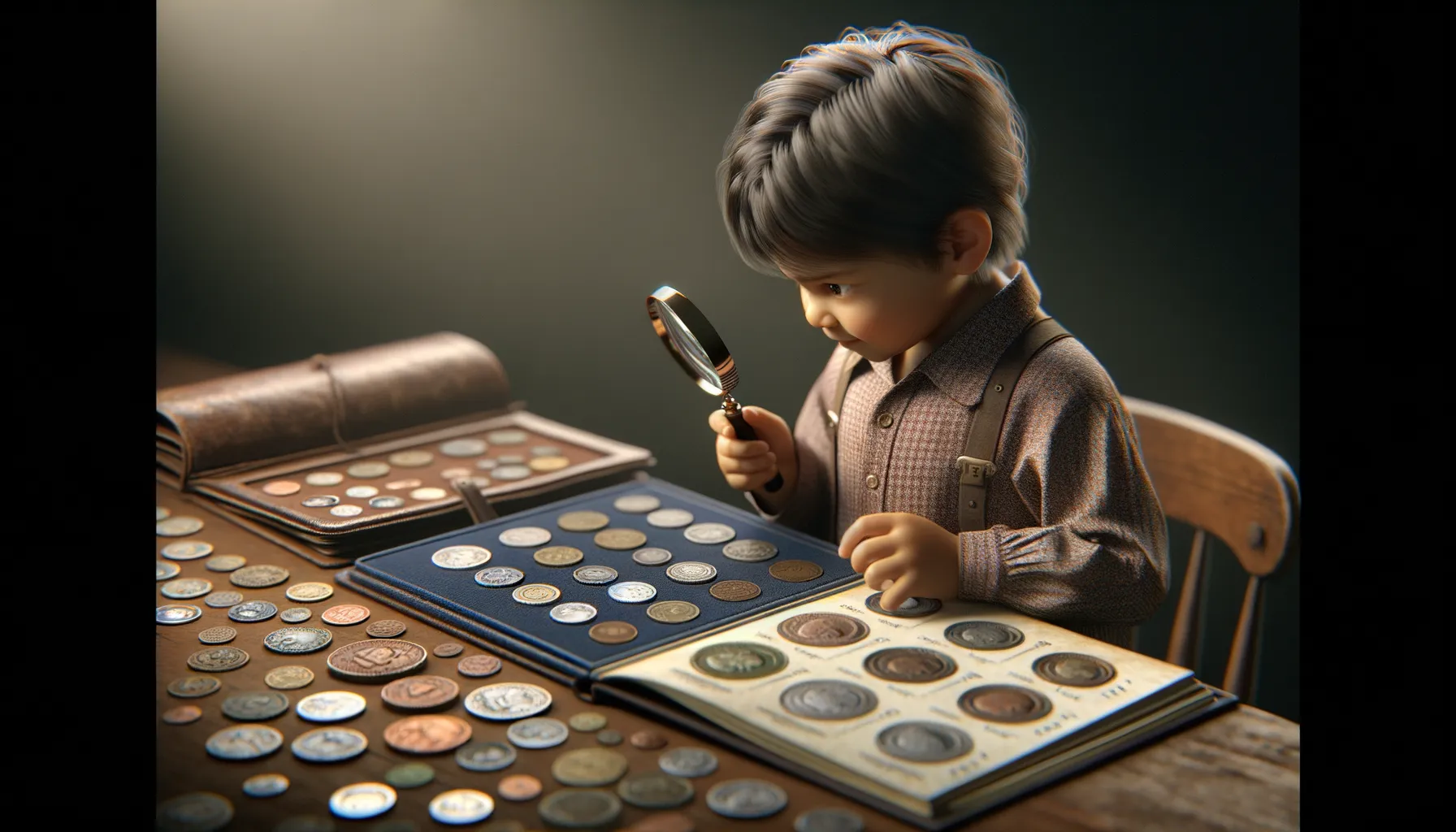Introduction to Coin Collecting and Fine Motor Skills
A Gateway to Discovery and Dexterity
Imagine holding a coin in your hand—cool, metallic, with intricate designs etched into its surface. For someone new to the world of coin collecting, it’s more than just pocket change; it’s a tiny slice of history waiting to be explored. From ancient Roman denarii to dazzling modern mint sets, coins tell stories of kings, revolutions, and eras long past. But did you know that this fascinating hobby can also double as a workout for your fingers?
Grasping, flipping, and arranging coins may seem simple, but these small actions do wonders for fine motor coordination. Whether you’re rifling through a handful of pennies or carefully placing a prized quarter into an album slot, every movement demands precision.
- Sorting coins by year or country hones organizational skills and finger control.
- Handling worn, delicate coins improves grip strength and attention to detail.
- Using magnifying glasses to inspect engravings strengthens hand-eye coordination.
Start with a single coin today—who knows, tomorrow you might hold a flawless collection and nimbler hands! Coin collecting is proof that treasures can transform more than just shelves; they can reshape abilities.
Benefits of Coin Collecting for Child Development

Sparking Curiosity and Building Patience
Imagine the excitement on a child’s face as they hold a shiny new coin, tracing its engraved ridges with tiny fingers. Coin collecting is more than just a hobby; it’s a gateway to a world of discovery. It encourages children to ask questions like, “Where did this coin come from?” or “Who is this person on the back?” This fuels their natural curiosity and opens doors to lessons in history, geography, and culture.
Patience blooms naturally in this process, too. The thrill of finding a rare coin doesn’t happen overnight—it’s a treasure hunt that rewards perseverance. Kids learn the satisfying art of waiting and working toward a goal. And isn’t patience a skill we all wish we could bottle and pass along?
Strengthening Cognitive and Emotional Skills
As kids sort, organize, and research their collection, they’re sharpening brainpower without even realizing it. Consider this:
- Sorting by size or country: A hands-on way to hone organizational skills and pattern recognition.
- Handling delicate coins: Teaches focus and precision while boosting emotional self-regulation (no one wants to drop Grandpa’s cherished penny!).
Plus, every coin tells a story, fostering empathy and a connection to the world beyond their own environment. It’s like holding a time machine, right there in their little palms!
Techniques for Using Coin Collecting to Improve Fine Motor Skills

Turning Coin Sorting into a Skill-Building Adventure
Picture this: a pile of intriguing, shiny coins from different countries spread across the table. What looks like just fun actually hides a treasure trove of opportunities to fine-tune those little fingers and wrists! Start with basic sorting—grouping coins by size, color, or even their country of origin. This simple act forces those small muscles to practice precision and control.
For an added challenge, try picking up coins with tweezers or tongs—intriguing for kids and strangely satisfying for adults too! You’ll be amazed at how these small tasks can keep hands busy and minds hyper-focused.
Want to turn things up a notch? Use a magnifying glass to examine each coin’s intricate details—the ridges, inscriptions, or unique designs. By holding the magnifier steady in one hand and flipping the coin carefully with the other, you’re boosting coordination and control without even realizing it. It’s the kind of workout your hands didn’t know they needed!
Create Games That Feel More Like Play Than Practice
Why not spice things up with a little friendly competition? Try timing how long it takes to stack coins into a tower without them toppling over—spoiler alert: those tiny muscles will feel the burn! Or create a race where participants have to transfer coins from one bowl to another using only spoons.
Another idea? Hide coins in clay or sand and have kids dig them out, pirate-style. Not only is this exciting, but it also strengthens grip and finger agility in surprising ways. Plus, who doesn’t love the thrill of unearthing “buried treasure”?
Incorporating Educational Activities with Coin Collecting

Transforming Coin Collecting into a Hands-On History Lesson
Coins are more than just shiny objects—they’re mini time capsules brimming with stories. Imagine your child holding a vintage silver coin from 1943 and learning about World War II or exploring the intricate designs of a commemorative quarter honoring a national park. This isn’t just collecting; it’s sparking curiosity about world events, art, and culture.
One way to weave education into coin collecting is by creating a “journey through time” map. Use a large world map and have your child pin the origin of each coin they find. Did they snag a euro from Italy? That’s a gateway to discussing the Roman Empire or Michelangelo’s masterpieces!
Or, create a timeline of history based entirely on the dates from their collection. Ask questions like: “What was happening in the U.S. when this penny was minted in 1969?” These conversations turn ordinary coins into pieces of living, breathing history.
- Encourage storytelling by having your child imagine who might’ve used the coin 100 years ago.
- Mix geography with fun by tracing where a coin has traveled over its lifetime—who knew currency had adventures?
Blending Science and Math with Coins
Who needs a boring math worksheet when coins can make learning numbers a hands-on adventure? A pile of coins is the perfect tool for teaching addition, subtraction, and even fractions. Line them up according to size, weight, or value and encourage comparisons. Ask, “Which weighs more—a penny or a nickel?” and watch curiosity ignite.
Here’s a challenge: Let your child calculate how much a collection of dimes and quarters adds up to and reward them by letting them keep the “treasure.” You can also dive into science by testing which coins are magnetic using a simple fridge magnet—spoiler alert: not all metals play along!
With coins, learning blends effortlessly into play, and the lessons sneak in like magic. Who would’ve thought such small objects could hold so much potential?
Tips for Encouraging Coin Collecting in Children

Make Coin Collecting an Adventure
Want to light that spark of curiosity in your child? Turn coin collecting into a treasure hunt! Kids thrive on stories, so start by sharing the mystery and history behind coins. For example: “Did you know ancient Roman coins told stories about their emperors? Imagine holding a piece of history!”
Create excitement by giving your child a simple goal, like collecting coins from different countries or decades. Set up mini challenges:
- Can they find one coin from each continent?
- What about a penny from every decade since 1950?
This transforms the experience into a playful mission—less like a chore, more like a puzzle waiting to be solved.
Get Hands-On with Coin Crafts and Displays
Incorporate your child’s creativity! Invest in a small coin album; kids love flipping through them like they’re holding a secret spellbook. Or get crafty—let them design coin displays by gluing inexpensive replicas onto handmade posters. These activities not only increase engagement but also polish those fine motor skills as they carefully handle, sort, and arrange their collection.
And don’t forget the power of praise. A proud, “Wow, your collection is growing!” goes a long way.
